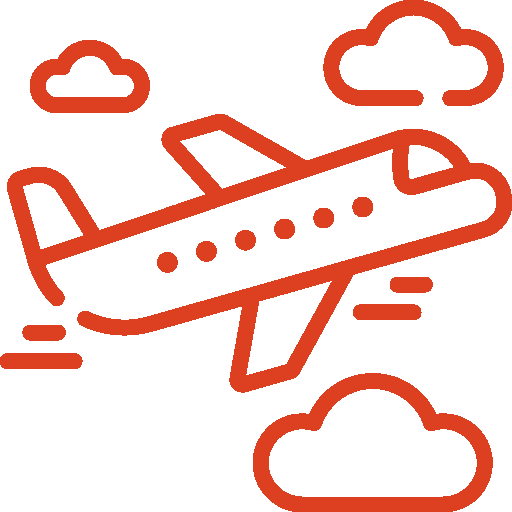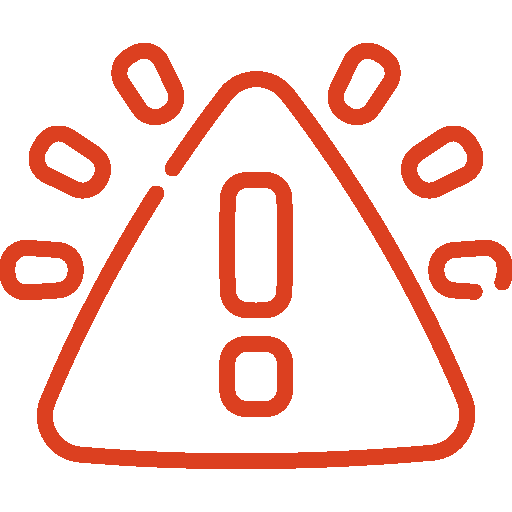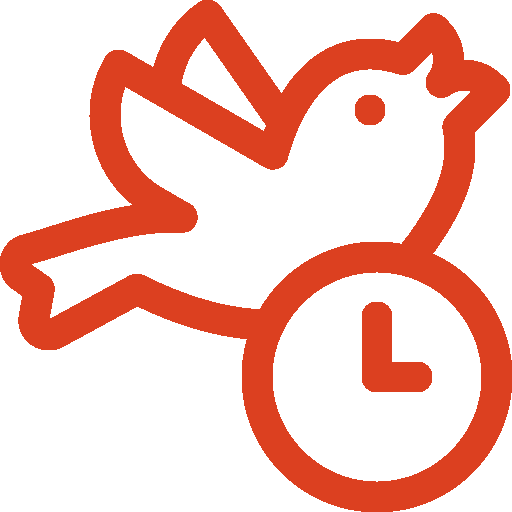

AGRIO WATERFALL
Landscape Photo Workshop
NEXT GROUP DATE:
4 to 8 March 2026
- INFO
- ITINERARY
- PRICE / INCLUDED
- BOOKING CONDITIONS
Agrio Waterfall - In a Land of Fire and Water
-
GENRE
Landscape
-
BEST TRAVEL PERIOD
March / September
-
DIFFICULTY
Easy
-
GROUP
Max 8
-
GENRE
Landscape
-
BEST TRAVEL PERIOD
March / September
-
DIFFICULTY
Easy
-
GROUP
Max 8
Nestled in the heart of Argentina’s breathtaking Patagonia, Salto del Agrio stands as one of the country’s most spectacular natural wonders. Located in the province of Neuquén, this striking waterfall captivates with its raw power and vibrant hues.
Fed by the Agrio River, which originates in the volcanic peaks of the Andes, the falls are rich in minerals that paint the surrounding rocks in stunning shades of red, orange, and yellow—a mesmerizing contrast to the deep blue waters.
Our journey begins in Caviahue, a charming village set on the shores of Lake Caviahue and surrounded by ancient Araucaria forests—a paradise for nature lovers and photographers alike. Towering above it all is the Copahue Volcano, an active 2,997-meter stratovolcano renowned for its geothermal activity.
Throughout this adventure, you’ll have endless opportunities to capture the region’s dramatic landscapes—from Andean mountains and volcanic peaks to cascading waterfalls, crystal-clear lakes, and Patagonia’s dazzling starry skies.
This is a one-of-a-kind opportunity to refine your Landscape Photography Skills, master Long Exposures, and immerse yourself in the wild beauty of Patagonia.

To book flights, please contact us before, we will help you coordinate schedules and transportation to get there. The nearest city is Neuquén.

Transportation to Neuquén is not included in the trip, and we will not be responsible for any delays or disruptions that are beyond our control. In any case, we will do what we can, given the circumstances, to help you.
Arrival at Neuquén airport and transfer to Caviahue to leave our luggage at the designed lodging.
Snack and afternoon shots at the small waterfalls, near the town.
Dinner and night in Caviahue.
Early morning photography at the Caviahue Lake. Breakfast at our accommodation place.
Free time to rest in the morning. Lunch.
Afternoon, snack, sunset, and night photography at the Agrio Waterfall.
Dinner and night in Caviahue.
Early morning photography at the small lagoon, with the Copahue volcano in the background, and a great view over the town and the Caviahue Lake.
Breakfast at our accommodation place.
Afternoon, snack, sunset, and night photography at the Stone Bridge.
Dinner and night in Caviahue.
Early morning photography at the Stone Bridge to experience the same view with a different light. Breakfast at our accommodation place.
Afternoon, snack, and sunset photography at the Agrio Waterfall.
Dinner and night in Caviahue.
Breakfast and transfer to Neuquén.
We will say goodbye until the next adventure!
IMPORTANT
The itinerary published on this page and on our PDFs/brochures is indicative. The guide reserves the right to make changes without prior notice, which may depend on various factors/events such as weather, geography, protests, medical emergencies, etc.
Changes are aimed at ensuring the safety of travelers and the success of the trip, always trying to maintain the proposed activities.
The type of image achieved at the Agrio Waterfall depends on climatic and geographical conditions that are beyond our control.
Price x person (based on 6 participants):
1.165 USD (Double/Shared Occupancy)
Single Supplement not available.
What's included?
- Professional Photographer
- Private Transportation, Fuel
- Small Group Size
- Analysis of the Work Done
- Accommodation for 4 Nights
- All Excursions and Photography Activities
- All Breakfasts
What's not!
- Transport from your origin point to Neuquén
- Other meals (only breakfasts included)
- Travel & Medical Insurance (optional, but recommended)
- Personal Expenses
- Tips
Bookings
To book a workshop we ask for 30% deposit of the total.
The workshop balance must be paid 45 days before the start date. You can also pay in cash (USD or euros) upon arrival.
Cancellations & Refunds
For a workshop cancellation, a written notice is required. Please email your request to info@argentinaphotoworkshops.com.
We acknowledge the commitment involved in attending our workshops and strive to accommodate unforeseen circumstances.
Please review our Cancellation Policy below:
• Cancellation made more than 181 days before the workshop start date: 20% refund of any payments made.
• Cancellation made less than 180 days before the workshop start date: No refund of any payments made.
Please note the following:
• In the event that you are unable to attend, your paid balance will be credited for 1 year (from the date of the cancelled trip) as part of the payment of a workshop of your choice.
If the amount was paid in Argentine pesos, the equivalent in US dollars will be credited subject to the exchange rate on the day the trip was cancelled.
In case the workshop is cancelled by Argentina Photo Workshops due to reasons of force majeure:
• There will be a complete refund of the amount deposited.

5% EARLY BIRD DISCOUNT
Applies for bookings made more than 8 months in advance of the start date.
RECOMMENDED EQUIPMENT
Check out our guide on “How to Prepare for a Photography Workshop”, as well as information on equipment and FAQs below.
Near the date of the workshop, we will be in touch through a WhatsApp group, an ideal space to answer all kinds of questions before the trip and organize every detail. If necessary (upon request) we will also arrange a group video call via Google Meet for this purpose.
Although you can participate with any type of photographic device, we recommend a reflex or mirrorless camera, which allow much more freedom and creativity.
Considering the wide variety of photographic situations this workshop presents, it is advisable to have available focal lengths ranging from wide-angle (shorter distances) to telephoto (longer distances).
For Portraits, we recommend a lens ranging from 70mm to 200mm. The 85mm is usually regarded as one of the best lenses dedicated to portraiture.
For Landscape Photography, we suggest a wide focal lenght: ideally around 15 – 50 mm. You can also get a good landscape with a longer focal length by using a stable tripod.
For night photos (Astrophotography) the shorter the focal length, the better. This makes it possible to include more elements in the frame.
For terrestrial wildlife, a 300mm or longer telephoto lens is the best choice.
Consider also buying a tele converter to increase the focal length of the lens: 1.4x or 2x. Even if with loss of luminosity.
Finally, choosing the right set of lenses is not easy. If you encounter difficulties and need some suggestions do not hesitate to contact us.
Many of the areas we visit are remote, and it is possible to fly the drone, always maintaining proper precautions and at a distance from agglomerations of people, airports, and helicopter landing strips.
The most important feature of a tripod is its stability. Since every journey includes some trekking, we must also take into account the weight.
We suggest a good carbon tripod that maintains a good balance between weight and stability, that can easily change from one height to another and that locks in little space.
Aluminum is also fine, as carbon is generally much more expensive. We know that choosing a tripod is not easy and we are available to help you choose the right model for you.
A Polarizing filter will be very useful to neutralize water reflections in the lagoons.
For those who love Landscape Photography, ND filters with 6 or 8 steps will be also very useful to play with the movement of water and clouds.
It is recommended to carry UV or Skylight filters, useful to protect the lenses from Ultraviolet rays (even more important in these altitudes), dust and splashes.
Finding the right photo backpack can be a difficult challenge. We recommend you to rely on a brand with quality and experience in the market.
The type of backpack clearly depends on your equipment. But what really matters is that you feel comfortable with it and possibly fitted with a rain cover.
You can’t miss in your backpack: a cleaning kit for the lenses, a remote control to shoot without touching the camera, hood for the lenses (to avoid flare) and a robust / comfortable camera strap.
It is also important to take spare batteries and memory cards with you. In this workshop, we won’t have a chance to recharge our batteries every day.
For those interested in POST-PRODUCTION we suggest bringing your laptop with some editing software already installed. The Lead Photographer, at the end of the day, will answer your questions.
FREQUENTLY ASKED QUESTIONS
Of course, accompanying non-photographers are welcome. The price is the same.
Usually in a Photo Tour the Leading Photographers accompany to locations only, while in a Workshop you are also expected to receive technical notions to improve your photography. Both options, often confusing, are good. It depends on what one is looking for. Our activities are developed in both modes, depending on the trip.
The Caviahue area of Patagonia is rich in wildlife.
The unique combination of volcanic landscapes, pristine lakes and ancient forests creates an ideal habitat for a wide variety of animals, including:
- Andean Fox
- Puma
- Huemul Deer
- European Hare
- Andean Condor
- Black-chested Buzzard-Eagle
- Magellanic Woodpecker
- Austral Parakeet
- Patagonian Toad
- Liolaemus Lizard
- Patagonian Trout
- Andean Catfish
In winter (June to September), temperatures can drop significantly, often below freezing, with snowfall common. Summers (December to March) are milder, with temperatures ranging from highs of 20°C to lows of 5°C .
We recommend bring light and heavy clothing, as well as a waterproof or windbreaker jacket.
Hat, neck cover, and sunglasses.
Sturdy, comfortable footwear (possibly more than one pair).
Comfortable and robust backpack to carry your gear and protect it from dust, water and bumps.
Sunscreen.
The round trip between your starting point and Neuquén is not included in the price.
However, we can coordinate it.
These activities require a lot of organization and are prepared well in advance. Weather is a factor we can’t predict, so the workshop/photo tour is not cancelled.
In any case, we will always be attentive to weather conditions to optimize the program and try to provide the best light conditions for photography.
Get more information about the Photo Tour, such as the cost of the next group workshop or a quote for a private adventure, just for you / your group.
GET MORE INFO
Join this Adventure!
RELATED ARTICLES
Interview with Red Bull Photographer Gustavo Cherro
In this interview we will get to know a member of...
Read More
